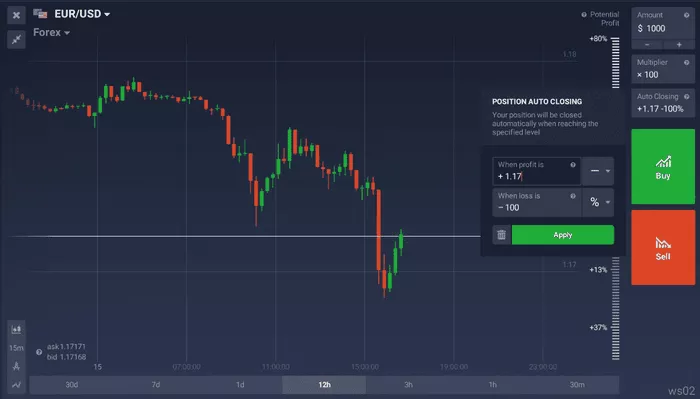Financial markets were rattled on Friday after President Donald Trump revealed plans to introduce new reciprocal tariffs next week. This announcement follows a series of unpredictable moves in his ongoing tariff regimen, adding more uncertainty to an already volatile market.
The news comes after a week of relatively calm market movements. Although Trump’s 10% across-the-board tariffs on China took effect earlier in the week, and China retaliated with its own expanded tariffs, the markets had seen some relief after Trump postponed the 25% tariffs on goods from Mexico and Canada. However, Friday’s tariff announcement sent the Dow Jones Industrial Average down by 400 points, or 0.9%, while the S&P 500 and Nasdaq Composite Index also dropped by 0.9% and 1.4%, respectively.
Reciprocal Tariffs and Their Potential Impact
Trump’s statement regarding reciprocal tariffs signals his commitment to matching foreign countries’ import taxes dollar-for-dollar. The president believes this move will create a more balanced and fair international trade system. He also suggested that these tariffs could help reduce the U.S. budget deficit, which has been a major focus of his administration’s economic strategy.
The idea of reciprocal tariffs, while not yet fully defined, is tied to Trump’s broader agenda to raise revenue for extending tax cuts. However, economists warn that these tariffs could lead to higher costs for American consumers, who would ultimately bear the brunt of the tariff increases.
Potential Cost of New Tariffs
Research from the Peterson Institute suggests that if the 25% tariffs on Mexican and Canadian goods are enacted, the direct cost of these import taxes could exceed $1,200 annually for the average American household. This would mark the largest U.S. tax hike since 1993, even with the extension of the 2017 tax cuts. The bottom 60% of earners would likely face a significant financial setback due to these tariffs.
If reciprocal tariffs are implemented, the financial burden could increase significantly, adding more to the costs faced by consumers.
The Risk of Trade Retaliation and Economic Consequences
While the exact details of the proposed reciprocal tariffs remain unclear, the potential for retaliatory tariffs from other nations is high. Such a move could escalate into a trade war, resulting in higher taxes and ultimately harming consumers. Economists note that tariffs are typically paid by American importers, who pass the increased costs onto retailers. In turn, retailers usually raise consumer prices to account for these costs, directly impacting American households.
The 10% tariff on Chinese goods alone affects around $427 billion worth of imports. This figure already surpasses the tariffs imposed during Trump’s first term, which covered roughly $380 billion in foreign goods.
Confusion Over Tariff Exemptions and Implementation
In addition to the tariff announcements, confusion continues over the implementation of some tariffs. On Friday, the Trump administration temporarily restored a loophole called the de minimis exemption. This exemption allows packages valued under $800 to enter the U.S. without tariffs.
This reversal led to further confusion as the U.S. Postal Service had initially halted all deliveries from China and Hong Kong to comply with the exemption. However, postal services were quickly restored, leaving questions about how items from China will be inspected for tariffs.
Trump signed an executive order Friday to extend the de minimis exemption until the necessary systems are in place to efficiently process and collect tariff revenues. However, the order did not specify how long this delay would last, adding to the uncertainty surrounding the scope and enforcement of the tariffs.
Conclusion
As President Trump’s latest tariff plans continue to unfold, the financial markets remain unstable, with investors grappling with the uncertainty surrounding new and potential tariffs. The impact on consumers, businesses, and the overall economy will depend largely on how these tariffs are implemented in the coming weeks and whether retaliatory measures will follow.
Related topics:
























